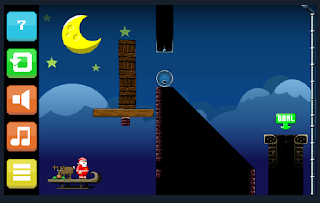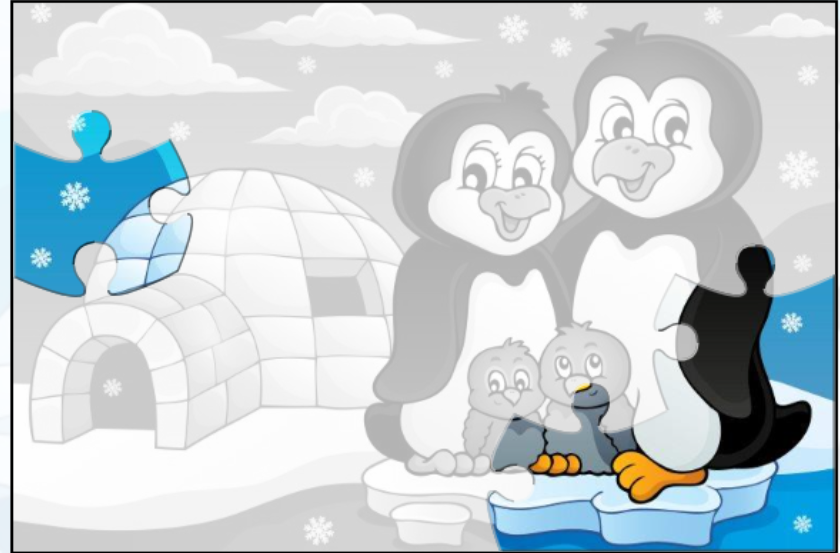Christmas Math: (K-2) This site works on identification of numbers, counting, as well as facts within 20.
Math Mosaics: (K-2) Children solve problems under 10 to color in the squares of the winter mosaic.
Holiday Fun: (3-5) A multiplication practice game. Students can choose fact family they want to practice. Correct answers create a holiday scene.
Blocky Christmas: (3-5) Logic puzzle from ABCya
Christmas Lights: (K-5)--Students select the difficulty of basic facts to practice. They are rewarded at the end with lights to decorate the holiday scene. Students love ABCya!
Super Santa Kicker: (K-5) Students use their knowledge of angles and simple machines to help the reindeer kick the stuffed Santas into the goal.
Winter Math MunchMan: (K-5) Students can choose what level of problems that they want to solve. Then they move through the Pacman maze to capture the answers and beat the ghosts.
Create your Own Snowflake: (K-5) Students use digital scissors and paper to create a symmetrical snowflake.




























